
Brown Bear Corporation specializes in composting and sludge drying equipment designed to assist the landfill operator in tackling waste issues easily and simply. The company builds small to large compost attachments as well as self-propelled unit.Laura Tucker, education and outreach coordinator for Jefferson County Public Environmental Health in Washington State, notes that one-third of the food that’s grown is wasted.
“That’s whether it’s all in the fields where it either can't be harvested or it’s too spoiled or unsightly—all the way through the whole supply chain to get it to your table,” says Tucker. “Then we waste about a quarter of what we buy.
“When you think about what it took to grow it—the amount of water, fertilizer to harvest, to get it from harvesting to some processing place and the processing place to store and store it at your house—when you add all that up, it's huge. It’s all the energy that it takes to get to your house or restaurant.”
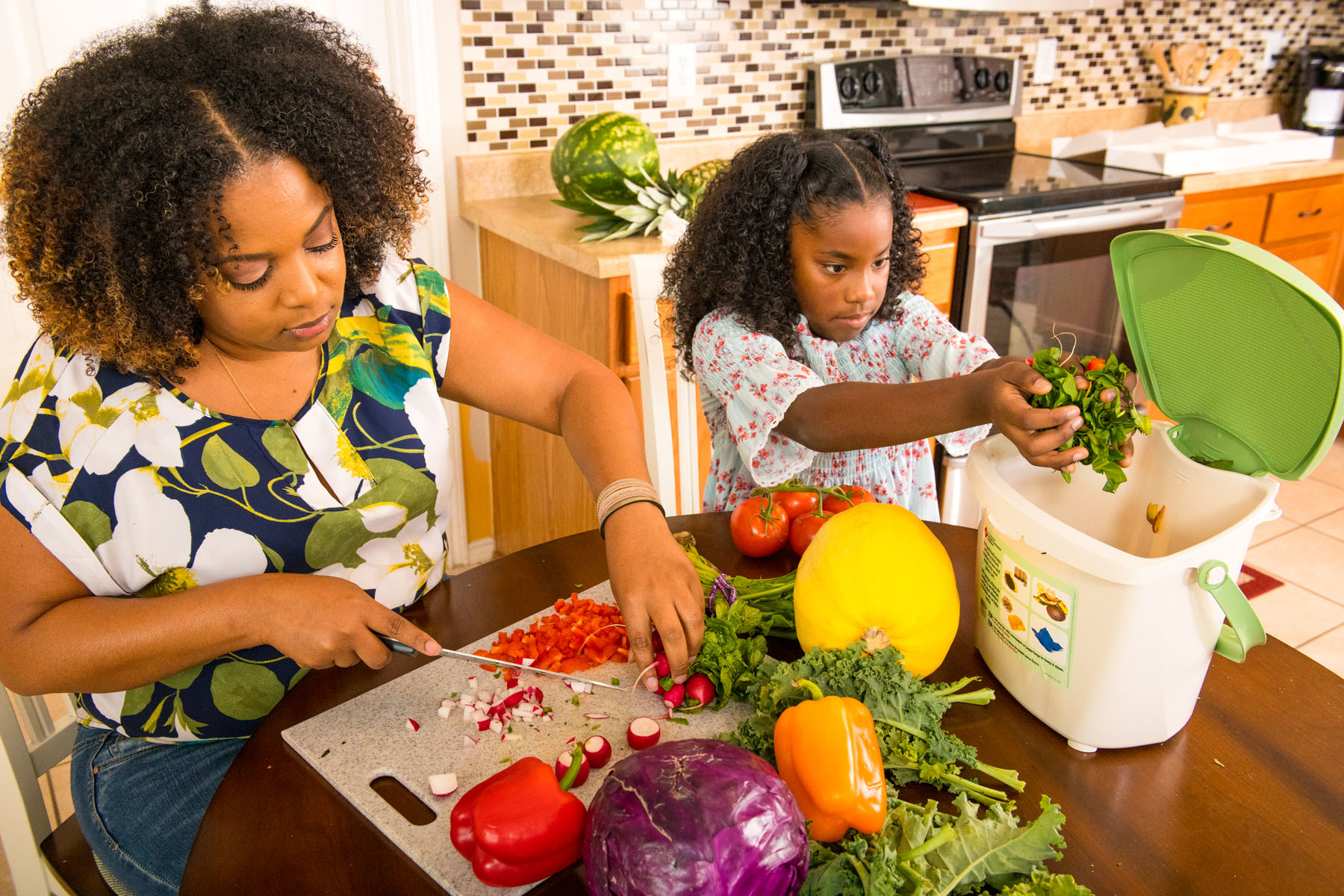
Trying to prevent food waste in the first place is the best model, says Tucker.
“But certainly not throwing perfectly compostable plant material into the garbage is a great thing and does help with climate change,” she adds.
Richard Moffitt, president, Hallco Industries, says he’s noting a shift in culture and priorities in many cities nationwide with respect to organics.
“Not only does reducing organic waste from a landfill reduce greenhouse gas, composting it creates a valuable resource for land enrichment to grow the next crop of food,” he says. “Community gardens, family back yard gardens, and farmers alike all benefit from composting facilities.”
People like Tucker and others are engaged in efforts to deal with food waste and other organics, such as vegetative waste, by keeping the waste out of landfills or finding a second purpose for it, such as compost.
Others believe that endeavoring to keep as much organic waste out of the landfill as possible negatively affects landfill gas-to-energy projects and in and of themselves are costly.
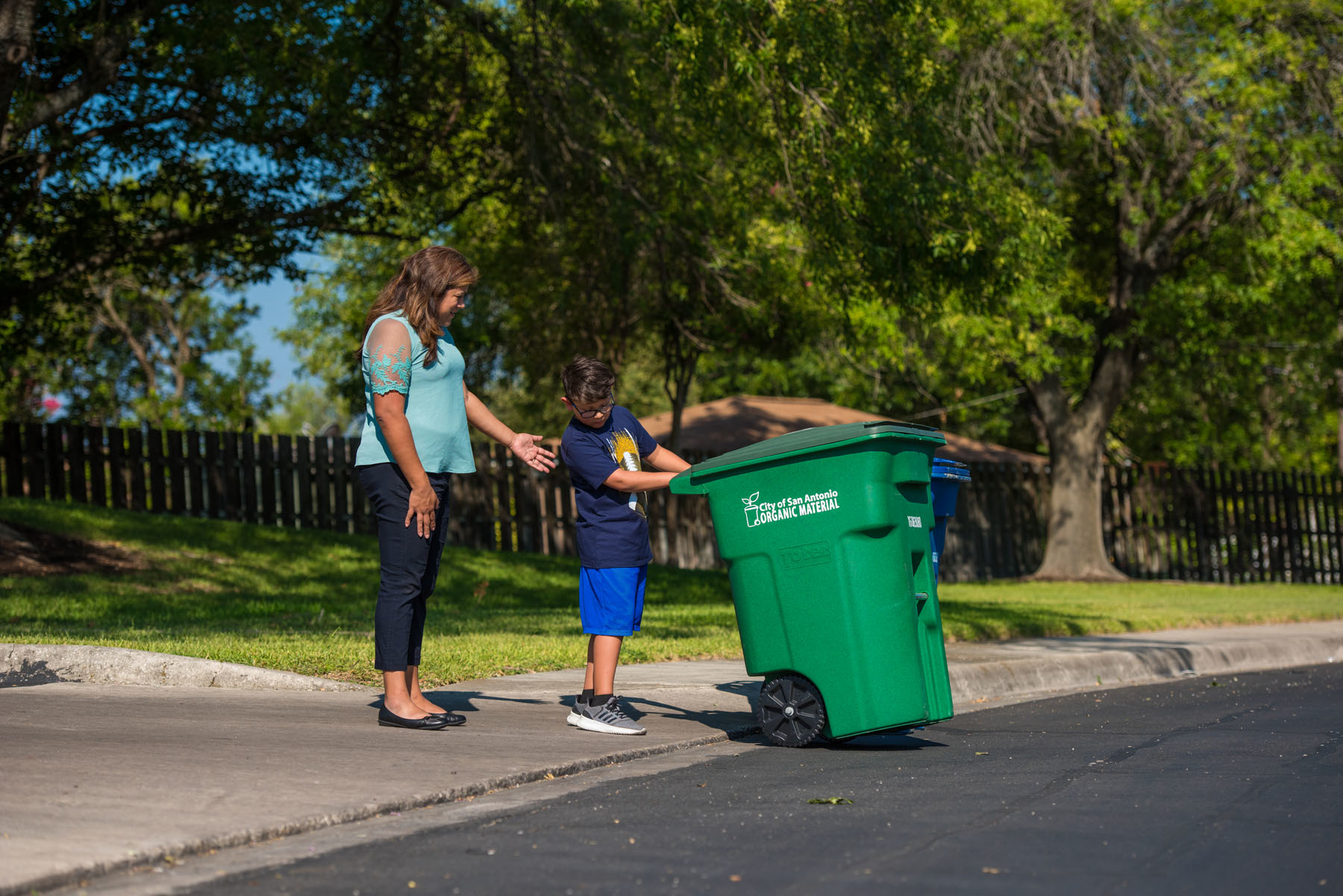
Landfill considerations
“A lot of folks are really focused on getting the organics out, let’s recycle everything and zero waste. That concept is not practical in many locations. It plays well probably in Washington, California or New York, but not so well in middle America,” notes Neal Bolton, president and lead engineer for Blue Ridge Services in Hamilton, Montana.
Bolton says three decades ago and beyond, “if you were to draw a pie chart of what's in the trash, you would find a lot of paper, cardboard, and metal—but mostly paper products.”
Solid waste operations focused on the biggest piece of the pie that could be put in a curbside can for pick-up.
“On the coast and in the bigger, more populated states and municipalities, we see that happening more,” says Bolton. “Rural landfills are still not doing much recycling. Stuff just goes in the trash because that's the most economical way for them to deal with it.
“But if you draw a pie chart of what’s left in the larger urban waste stream now that cardboard, paper, and metal have been pulled out, the biggest piece of the pie is organics, such as food waste and green waste.”
Bolton notes there are pros and cons to state legislation designed to keep organics or food waste out of the landfill.
“It will cost more money to the system to be able to create these organics programs just like it costs more money to the system to create recycling programs,” he says.
Landfill disposal fees funded the initial recycling programs of 30 years ago, Bolton notes.
“That then took some of the revenue away from landfills, because now they're not charging by the ton for cardboard because it's not coming in,” he adds. “We start another recycling program for wood waste, metal, plastic or other papers and fund that from the landfill tipping fee, because that's usually where the revenue comes from.
“We create these programs that essentially take away from the landfills because waste doesn't come in. That’s a financial death spiral. Oftentimes, recycling programs are negative in terms of revenue. They lose money. They do have to put money into the system to recycle; you don't get money out of it.”
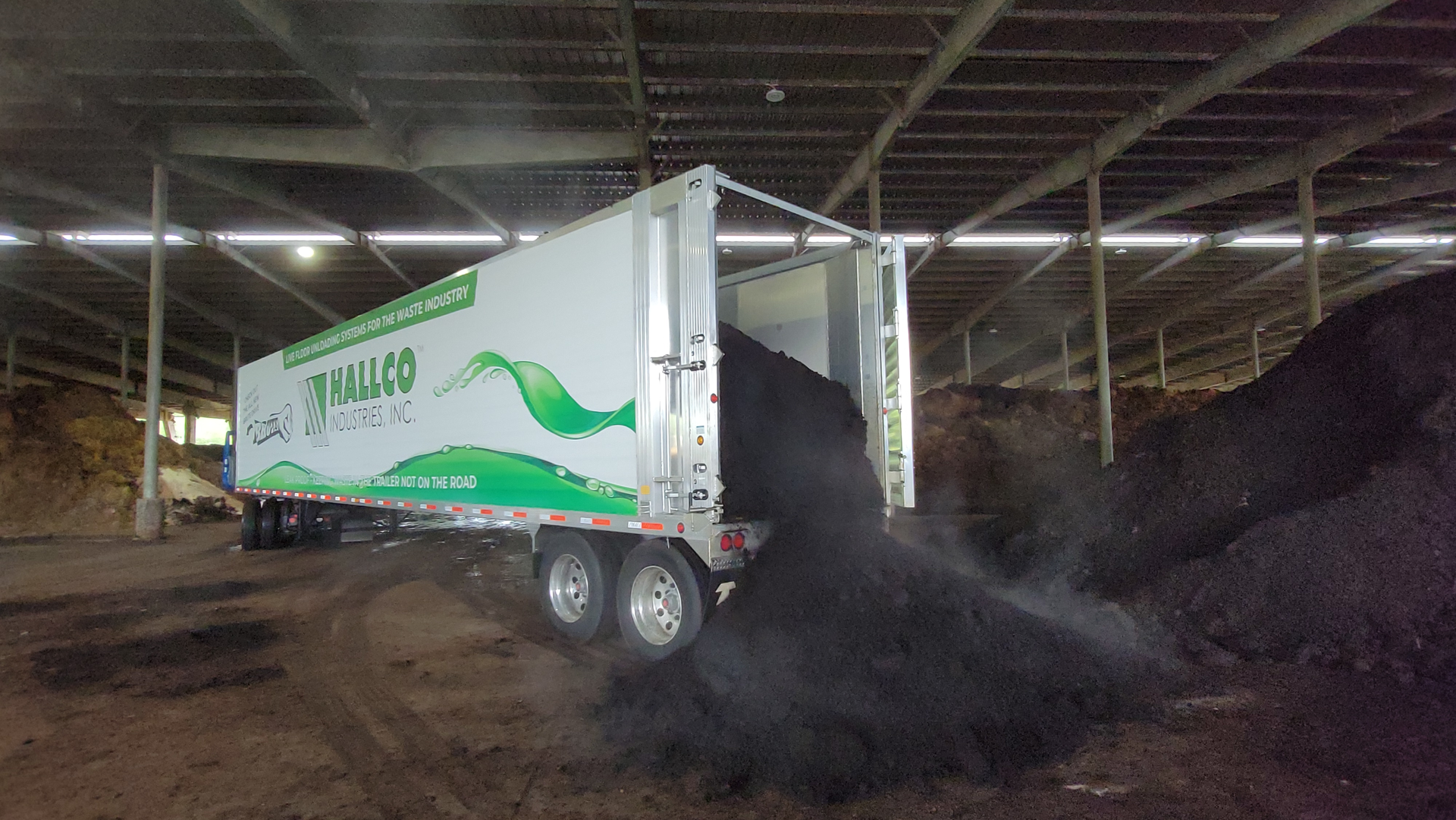
In taking half the tonnage out of a landfill, it doesn’t cut the landfill's cost in half, because there are fixed costs such as land, design, liner, permit, groundwater monitoring wells, scale, office and the heavy equipment, he says, adding tipping fees must be increased to compensate for the less revenue being derived.
Organics is the next biggest piece of the pie, says Bolton.
Landfill gas (LFG) is a natural byproduct of the decomposition of organic material in landfills and is comprised of 50 percent methane and 50 percent carbon dioxide, he adds.
While pulling organics out of landfills saves some landfill capacity, there’s a collateral problem in that it pulls out the feedstock that generates landfill gas, says Bolton.
Bolton cites statistics from the U.S. Environmental Protection Agency’s Landfill Methane Outreach Program (LMOP) indicated that as of August 2022, there are 538 operational LFG energy projects in the U.S., with 470 serving as good project candidates.
“We are looking at more jurisdictions that are pulling the organics out,” Bolton says. “That means that the gas production rates are going to peak once that happens, and they'll start declining much sooner. Those gas production models are what was used to justify the financials for these gas to energy facilities. Now, legislation comes in and says we're going to stop putting feedstock into the landfill and your gas production is going to decrease.”
Jefferson County, Washington
Al Cairns, Jefferson County (Washington) Department of Public Works solid waste manager, notes the county currently uses private sector infrastructure to achieve more than a 95 percent collection rate of methane gas created from decomposing organics, converting it into renewable energy in the form of electrical generation which is put onto the grid.
“This is accomplished via shipment of organics as part of municipal solid waste to the Roosevelt Regional Landfill. This model serves all 32,000 Jefferson County residents,” Cairns notes.
The biggest challenge is that the capital- and energy-intensive process of delivering organics to a centralized compositing facility appears to be economically infeasible for rural counties, says Cairns.
“A preliminary investigation of the costs associated with building and maintaining such a system over a 20-year service life and without considering debt service found that the tipping fee for municipal solid waste would need to be increased by between $43.79 to $49.08 per ton in order to fund the program. Jefferson County is doing a more detailed cost assessment presently with the help of a solid waste economist.”
Cairns notes the county is focused on organics diversion—particularly food waste—by encouraging behavior that keeps it from being wasted in the first place, including home composting.
Tucker offers composting classes as a joint operation with Jefferson County’s solid waste division, which pays for the Earth Machine compost bins. A Washington Department of Ecology waste reduction grant pays for her time.
Participants are charged $25 for a 90-minute class to offset the cost.
The classes address information about what should and should not go into a bin and how to best set up a compost system. It encompasses food and yard waste.
Tucker notes the classes are so popular there’s a waiting list for them. She says she believes the driving forces for many home composters are reducing their carbon footprint, keeping waste out of the landfill, and having compost to put on plants.
“The priority for my grant is to keep food waste out of the garbage and out of our landfill 360 miles from here,” says Tucker. “There's a significant carbon footprint getting it from our part of the state.”
Tucker advises others looking to start a similar program is to engage with local Master Gardener programs in which a volunteer could offer a compost class. One way to find such a group is through the land grant universities in every state, which can be found at the website (https://ahsgardening.org/gardening-resources/master-gardeners/).
Cairns notes Jefferson County’s goal is to avoid the costs of greenhouse gas production associated with food waste composting in a centralized facility model.
In an issue paper released December 3, 2021, regarding its food waste diversion program, the Jefferson County Solid Waste Advisory Committee requested its public works staff explore the feasibility of a centralized food waste diversion program.
The key findings were that neither the transfer station site or a rural drop box facility could accommodate a collection site for food waste at the time due to space limitations and congestion.
Regional facilities handling leachate produced by the collection of food waste are currently at capacity and would be unlikely to accept it.
A source-reduction program would reduce more than 10 times the CO2 emissions that either a centralized or decentralized model would at a much lower cost per metric ton of CO2 emission reduction and with the benefit of providing food to residents.
A decentralized program would yield only slightly higher reductions in CO2 emissions compared to a centralized program but at $453 less per metric ton of CO2 emission reduction and would require the least support from an increase to the municipal solid waste tipping fee.
The recommendation was that expenditures for food waste diversion should be allocated to source reduction or decentralized models before investments in a centralized model.
“We will instead be employing the EPA’s food waste management hierarchy and focusing first on increasing the amount of useable food delivered to our community members who struggle to access it,” he adds.
Through that approach, Jefferson County will be able to:
- Lower the overall solid waste program’s carbon footprint
- Maintain as low a tipping fee for MSW disposal as possible in service to its lower income community members
- Align solid waste education activities with the Jefferson County Solid Waste Management Plan which identifies food waste reduction as a high priority
The efforts are financed through the MSW disposal tipping fee with grant revenues accounting for .04 percent of solid waste division operating revenues.
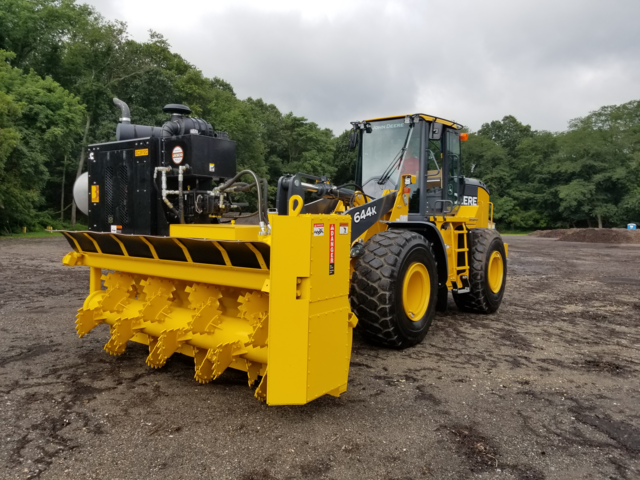
Colorado
The Colorado Department of Public Health and Environment commissioned a Statewide Organics Management Plan as a framework to identify key elements, options, and recommendations to increase statewide organic waste diversion opportunities.
The plan was designed as a framework for policy makers and as a tool for counties and municipalities to develop organics diversion programs.
Among the key findings, the research found that overall, there is available capacity to manage 127,000 to 157,000 additional tons of organic materials without significant investments or facility expansions.
The project team estimates there is the potential to use between 1.29 and 3.22 million cubic yards of finished compost annually in the state of Colorado, considered well above the estimation of finished compost now generated in the state.
The untapped demand for finished compost is potentially five times greater than the amount of compost being produced today, the research notes.
San Antonio, Texas
Nick Galus, assistant director, San Antonio Solid Waste Management in Texas, notes the city—which provides services to 370,000 residents—implemented a citywide organics collection program in 2017, offering each household a green cart.
Approximately 90 percent accepted the cart that is serviced curbside every week and contains compostable material such as yard waste, food soiled paper, and food waste.
“Through education and technology, we are attempting to discourage and minimize the amount of glass and other contaminants that enter the stream,” says Galus.
But customers are hesitant to place organic food waste in the green cart for fear of odors, pests, and general mess, he adds. A green cart waste characterization showed food waste constituted less than a few percent.
“We would like to encourage more food waste to be diverted into the green cart,” says Galus. “At all outreach presentations and community meetings, we demonstrate how to avoid the ‘ick’ factor with kitchen bins for food scraps that we provide free to participants.”
San Antonio Solid Waste Management offers residents a starter kit that includes a kitchen bin to assist residents in handling food waste and placing it in the green cart. The department also assists schools on how to compost and start a compost project at their school.
San Antonio’s organic material is collected and transported to its contractor, Atlas Organics. The compost facility is constructed on city property that was once a landfill.
Solid waste services are funded through a user fee. All services are embedded in this fee. The rate is determined based on the customer’s brown (landfill), small, medium, or large size. The blue recycle and green organics cart size does not change the rate, Galus notes.
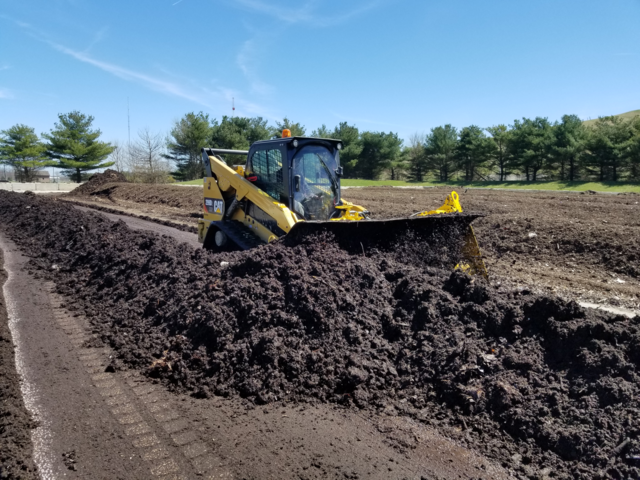
Manufacturers
Manufacturers are answering the call for more efficient ways to manage organics.
Moffitt notes Hallco’s automated unloading/loading Live Floor System consists of moving floor slats connected to a hydraulic drive unit through a series of cross drives.
The cross drives sequence the floor slats to work in conjunction with one another to maintain the necessary friction to move bulk material in the direction needed, load or unload and is used in the waste, recycling, C&D, wood, biomass, and organics markets.
“Compost requires the transportation of raw feed stock as well as transportation of finished material, both bulk and bagged,” notes Moffitt. “Organics carbon feed stocks are delivered in bulk to the composting facility. These are unloaded safely using the Hallco Live Floors without the need to tip the trailers. Most often the area where this is happening is uneven ground. By keeping the trailer horizontal to the ground, it can be unloaded without the risk of tipping over.”
Live Floor-equipped trailers can then be loaded with the finished compost for delivery to its retail or agricultural destinations. Bulk compost can be loaded and unloaded in the same manner as the raw stock materials.
“But a Live Floor also has the ability to load and unload pallets from the ground without the use of a loading dock,” Moffitt says. “Simply turn the floor into an automated pallet loading system, being careful to fill the trailers without pushing through the front wall.”
Moffitt notes organics can be challenging due to the diversity in feedstocks over the course of the year.
“Spring and summer offer a wetter product with high nitrogen content,” he says. “Fall and winter offer a dryer product with a higher carbon content. Balancing these with various feedstocks can be a challenge for any municipal compost manufacturer.
Another big factor is the real estate needed to windrow the compost,” says Moffitt.
“However, there are new advances on in-vessel composting which reduces the footprint and time needed to make compost,” he adds. “In Vancouver, British Columbia, Anaconda Systems utilizes Hallco Live Floors to not only receive feed stocks but also meter the various feed stocks into their in-vessel systems.”
Moffitt points out that for very wet food waste and other high moisture material, haulers need to consider the leachate that comes from the materials, and that a leak-proof trailer such as that designed by Hallco Live Floors needs to be able to contain not only the solids but the valuable liquid for composters.
Brown Bear Corporation equipment is used in many organics applications. For example, Lower Moreland Township in Pennsylvania uses a SC3912D self-contained composting aerator on a CASE 621 loader to compost yard waste. The equipment was financed through a Pennsylvania cost-share program. The organics collection entails curbside pick-up of leaves and then the township composts them and offers them to local farmers.
The horizontal aerator is designed to dewater sludge in beds, building windrows, blending bulking agents or additives, and pulverizing and aerating, or water mixing, for aerobic composting.
Its rapid handling rate exposes 100 percent of the material to oxygen immediately to absorb noxious odors, with handling costs ranging from one to two cents per ton.
The Brown aerator works directly into the material, forming it into a windrow, with windrows formed from piles of nearly any size.
The tires, clearances, and propulsion system of the end loader (tool carrier) allows work on irregular bases and normally doesn't require a special work pad. The reverse rotation works the windrow from the bottom up and to the side.
In another application of Brown Bear equipment, Jordan Caldwell of Caldwell’s, Inc. in Shelbyville, Indiana uses a PA35E windrow turner unit on a John Deere tractor. His operation takes in food waste, mixing it with farming residuals to make a compost and put it on crops.
Caldwell’s family had sold their landfill business to Advanced Disposal Services, so he got the permits and followed his interest in creating his own compost facility.
Caldwell is taking in significant amounts of food waste.
“We always owned a farm and I wanted to be able to produce my own fertilizer,” says Caldwell. “I had an interest in trying to be more green, and I also knew economically that it was feasible because when I was [in] the landfill business, I would get beat all the time by composters and they have higher prices than me so that always intrigued me.”
Caldwell also has a permit for food waste de-packaging. He mixes it with carbon products such as straw and horse manure, puts it on a pad and does windrow turning. The operation continues to expand.
“We’re looking to increase our organic matter and our microbial activity,” he notes. “By doing that, it unlocks the nutrients that we were putting on with synthetic fertilizer. It’s unlocking phosphorus and nitrogen that's in the ground and allows it to work a lot faster. We save money from purchasing synthetic fertilizer.”
Air Curtain Burners, manufactured by Air Burners, are used to support land-clearing operations, among other tasks.
“Our machines will provide an end solution for vegetative waste, unlike grinding and composting,” notes spokesperson Michael Schmitt.
End users are able to load their vegetative waste in an Air Curtain Burner and have a 97 percent reduction of it, with leftover ash and biochar used with topsoil or compost to be put back into the soils as a soil amendment, he adds.
“Municipalities are using our Air Curtain Burners to earn landfill diversion credits from the state as our machines are the BACT (Best Available Controlled Technology),” says Schmitt. “Municipalities can save money while using our machines to remove their vegetative waste. The ROI with the purchase of a FireBox is usually less than a few years.”
States require a permit for the operation of the machines, so the company provides an air quality team to assist with permitting questions, notes Schmitt.
<%2Latest from Waste Today
- Startup proposes medical waste facility in Alabama
- Mount Vernon, Ohio, city council tightens waste hauling regulations
- Retail associations sign MOU to form producer responsibility organization for textiles in California
- Republic Services partners with EDL to provide RNG for San Antonio buses
- WM opens 12 recycling facilities in 2024
- Plastics recyclers report difficult conditions
- BTS Bioenergy opens Maryland Organics Recovery Center
- Meadow tabs aluminum as key to boosting beauty sector recycling





